Home>Gardening & Outdoor>Landscaping Ideas>What Makes Your Grass Dark Green
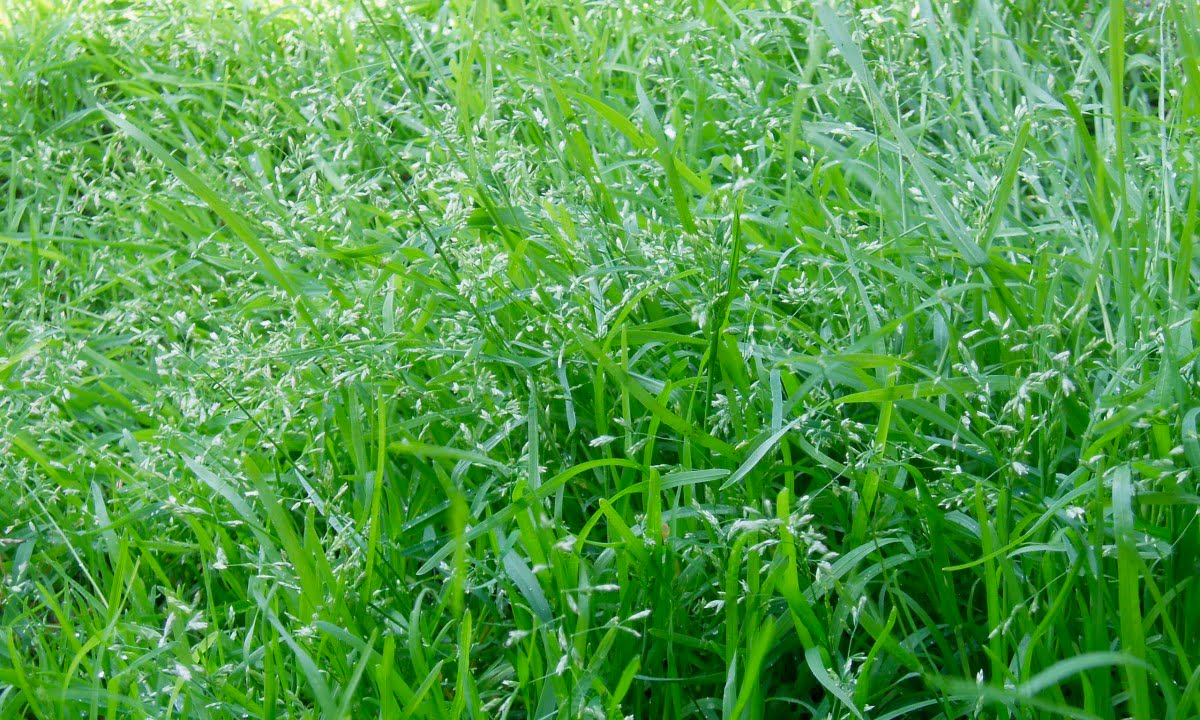

Landscaping Ideas
What Makes Your Grass Dark Green
Modified: February 18, 2024
Achieve a lush, dark green lawn with our expert landscaping ideas. Discover the secrets to vibrant, healthy grass that will enhance your outdoor space. Unlock the key to a stunning lawn today!
(Many of the links in this article redirect to a specific reviewed product. Your purchase of these products through affiliate links helps to generate commission for Storables.com, at no extra cost. Learn more)
Introduction
Welcome to the lush world of landscaping, where the color green takes center stage. In this verdant realm, the hue of your grass holds a special significance, as it serves as the canvas upon which your outdoor space is painted. The allure of a deep, dark green lawn is undeniable, evoking feelings of serenity and natural beauty. But what exactly contributes to this rich, vibrant color, and how can you achieve it in your own yard?
This article delves into the factors that influence the color of your grass, uncovering the secrets to achieving that coveted dark green hue. From the role of essential nutrients to the impact of environmental factors, we’ll explore the various elements that contribute to the color of your lawn. Whether you’re a seasoned gardener or a newcomer to the world of landscaping, understanding the intricacies of grass coloration can empower you to cultivate a lawn that’s the envy of the neighborhood.
So, let’s embark on a journey through the emerald expanse of your lawn, unraveling the mysteries of what makes your grass dark green and discovering the steps you can take to enhance its vibrancy and health.
Key Takeaways:
- Dark green grass indicates a healthy lawn, impacting curb appeal and contributing to a sustainable ecosystem. Achieve it by balancing nutrients, watering, and sunlight exposure.
- To maintain dark green grass, follow careful lawn care practices like proper mowing, aeration, fertilization, and pest control. These efforts create a vibrant, resilient outdoor sanctuary.
Read more: How To Make Grass Dark Green
Importance of Dark Green Grass
The color of your grass isn’t just an aesthetic concern; it also serves as a barometer of your lawn’s overall health. A deep, dark green hue is a telltale sign of a well-nourished and carefully tended lawn. Beyond its visual appeal, dark green grass indicates that your turf is thriving and resilient, better equipped to withstand environmental stressors and maintain its lush appearance throughout the seasons.
Furthermore, the color of your grass can significantly impact the curb appeal of your property. A vibrant, dark green lawn not only enhances the visual appeal of your home but also contributes to a welcoming and harmonious outdoor environment. Whether you’re hosting outdoor gatherings, enjoying leisurely strolls across the lawn, or simply admiring your yard from afar, the rich color of your grass sets the stage for a delightful outdoor experience.
From a broader perspective, dark green grass plays a pivotal role in ecological balance. A healthy lawn contributes to oxygen production, carbon sequestration, and soil retention, thereby supporting a sustainable and biodiverse ecosystem in your immediate surroundings. By nurturing dark green grass, you’re not only elevating the beauty of your outdoor space but also contributing to the ecological vitality of your community.
Moreover, the color of your grass reflects your commitment to lawn care and environmental stewardship. A dark green lawn is a testament to your dedication to proper maintenance, including regular watering, mowing, and fertilization. By upholding the health and vibrancy of your grass, you’re actively participating in the preservation of green spaces and the promotion of natural beauty in your neighborhood.
In essence, the significance of dark green grass extends far beyond mere aesthetics. It embodies the vitality, resilience, and environmental impact of your lawn, enriching both your personal outdoor sanctuary and the ecological balance of your surroundings.
Factors Affecting Grass Color
The color of your grass is influenced by a multitude of factors, each playing a crucial role in determining the overall vibrancy and health of your lawn. Understanding these factors is essential for cultivating and maintaining a dark green, thriving turf. Let’s explore the key elements that contribute to the coloration of your grass:
- Grass Species: Different species of grass exhibit varying shades of green, with some naturally possessing a darker hue than others. For instance, Kentucky bluegrass and fescue are known for their deep green color, while other varieties may have a lighter or more yellowish tint.
- Soil pH: The pH level of your soil profoundly impacts the availability of essential nutrients to your grass. Acidic soils may hinder the absorption of nutrients like nitrogen, leading to paler grass, while excessively alkaline soils can also affect coloration. Maintaining a balanced pH level is crucial for promoting dark green grass.
- Nutrient Levels: Adequate levels of essential nutrients, particularly nitrogen, phosphorus, and potassium, are vital for vibrant grass color. Nitrogen, in particular, plays a pivotal role in promoting lush, dark green growth. A deficiency or imbalance of nutrients can manifest as faded or yellowing grass.
- Watering: Proper hydration is essential for maintaining the color and health of your grass. Inadequate watering can lead to drought stress and a faded appearance, while excessive watering may cause nutrient leaching and other issues that impact grass color.
- Sunlight Exposure: The amount of sunlight your lawn receives directly influences grass color. While grass generally requires ample sunlight for photosynthesis and growth, excessive sun exposure can lead to heat stress and discoloration. Conversely, shaded areas may exhibit a darker, lusher green due to reduced stress from intense sunlight.
- Seasonal Variations: Grass color can fluctuate with the changing seasons. During periods of dormancy or stress, such as winter or drought, grass may exhibit a less vibrant color. Understanding these seasonal variations can help you anticipate and address changes in grass color throughout the year.
By considering and managing these factors, you can proactively influence the color and vitality of your grass, nurturing a dark green lawn that serves as a testament to your attentive lawn care practices.
Nutrients for Dark Green Grass
Ensuring that your lawn receives the essential nutrients it needs is paramount to achieving and maintaining a rich, dark green color. These nutrients play a pivotal role in promoting robust growth, enhancing coloration, and fortifying the overall health of your grass. Let’s delve into the key nutrients that contribute to the lush, dark green appearance of your lawn:
- Nitrogen: Often heralded as the primary driver of vibrant green growth, nitrogen is integral to the synthesis of chlorophyll, the pigment responsible for the green color of grass. Adequate nitrogen levels promote vigorous leaf and stem development, resulting in a luxuriant, dark green lawn. However, it’s essential to apply nitrogen judiciously to prevent excessive growth and potential environmental impacts.
- Phosphorus: While phosphorus primarily supports root development and overall plant vigor, it also contributes to the energy transfer processes within the grass. A balanced presence of phosphorus aids in the efficient utilization of other nutrients, fostering healthy, deeply pigmented grass.
- Potassium: Essential for bolstering the resilience of grass against stressors such as drought, disease, and temperature extremes, potassium plays a crucial role in enhancing the overall color and durability of your lawn. By promoting strong cell structure and water uptake, potassium contributes to the vibrant, dark green appearance of your grass.
- Iron: Iron is instrumental in the production of chlorophyll and the regulation of photosynthesis. An iron deficiency can manifest as yellowing or chlorosis in grass, detracting from its lush green color. Supplementing with iron, particularly in alkaline soils, can help intensify the green pigment and restore the vibrant appearance of your lawn.
- Sulfur: Sulfur aids in the synthesis of amino acids and proteins, contributing to the overall health and coloration of grass. It also plays a role in maintaining the appropriate pH level of the soil, ensuring optimal nutrient availability for vibrant, dark green grass.
By providing your lawn with a balanced and carefully calibrated supply of these essential nutrients, you can foster the development of a luxuriant, dark green expanse that embodies the epitome of lawn health and vitality. However, it’s important to approach nutrient application with care, considering factors such as soil composition, grass species, and environmental considerations to achieve optimal results.
To make your grass dark green, use a nitrogen-rich fertilizer in the spring and fall. Water deeply and infrequently, and mow at the proper height for your grass type.
Watering and Sunlight
The interplay between watering practices and sunlight exposure plays a crucial role in determining the color and overall health of your grass. Balancing these factors effectively is essential for nurturing a dark green, vibrant lawn that thrives under varying environmental conditions.
Watering: Adequate and well-timed watering is fundamental to sustaining the lush, dark green appearance of your grass. Consistent moisture levels support robust growth and vibrant coloration, while also fortifying the resilience of your lawn against environmental stressors. It’s essential to water deeply and infrequently, encouraging the development of deep roots that can access moisture more effectively, resulting in a healthier and more vibrant lawn.
However, overwatering can lead to issues such as nutrient leaching, root suffocation, and susceptibility to diseases, which can manifest as discoloration and diminished vibrancy. Conversely, insufficient watering can result in drought stress, causing the grass to lose its rich green hue and appear lackluster. Striking a harmonious balance in your watering regimen is key to nurturing dark green, thriving grass.
Sunlight Exposure: Sunlight is a vital catalyst for photosynthesis, the process through which plants produce energy and chlorophyll, the pigment responsible for their green color. While grass requires ample sunlight for healthy growth and coloration, excessive exposure to intense sunlight can lead to heat stress and potential discoloration. Understanding the sunlight patterns in your lawn and providing adequate shade during peak hours can help mitigate these effects, promoting a more consistent and vibrant green hue.
Conversely, shaded areas may exhibit a darker, lusher green due to reduced stress from intense sunlight. Monitoring and adjusting the sunlight exposure in different areas of your lawn can help achieve a more uniform and deeply pigmented appearance across the entire expanse.
By conscientiously managing your watering practices and sunlight exposure, you can create an environment that fosters the sustained vibrancy and health of your grass, resulting in a captivating, dark green lawn that serves as a testament to your attentive care and environmental stewardship.
Read more: Why Is My Grass Light Green And Dark Green
Lawn Care Practices
Implementing a comprehensive and attentive lawn care regimen is instrumental in nurturing a dark green, vibrant lawn that exudes health and vitality. By integrating a range of meticulous practices, you can fortify the resilience of your grass, enhance its coloration, and create an outdoor sanctuary that’s the envy of the neighborhood. Let’s explore the essential lawn care practices that contribute to the lush, dark green appearance of your turf:
- Regular Mowing: Maintaining an optimal mowing height and frequency is crucial for promoting dark green grass. Avoiding excessively short mowing heights and adhering to the one-third rule—never removing more than one-third of the grass blade at a time—supports healthy growth and vibrant coloration.
- Core Aeration: Aerating your lawn alleviates soil compaction, facilitates better air and water penetration, and promotes robust root development. This, in turn, contributes to improved nutrient uptake and a deeper, more vibrant green appearance.
- Overseeding: Introducing new grass seed to your lawn can rejuvenate its color and density, particularly in areas that have become sparse or discolored. Selecting high-quality seed varieties suited to your climate and soil conditions can enhance the overall vibrancy and uniformity of your grass.
- Proper Fertilization: Applying a balanced and carefully calibrated fertilizer, taking into account the specific nutrient requirements of your grass species and the characteristics of your soil, is essential for promoting dark green growth. However, it’s crucial to avoid excessive fertilization, which can lead to rapid but unsustainable growth and potential environmental impacts.
- Weed Control: Effectively managing weeds in your lawn prevents them from competing with your grass for essential nutrients and sunlight, thereby safeguarding its color and vitality. Implementing targeted weed control measures can help maintain the uniform, dark green appearance of your turf.
- Pest and Disease Management: Vigilant monitoring and proactive management of pests and diseases are crucial for preserving the health and coloration of your grass. Addressing potential issues promptly can prevent discoloration and mitigate the impact of stressors on your lawn.
By incorporating these meticulous lawn care practices into your regular maintenance routine, you can cultivate a dark green, thriving lawn that embodies the pinnacle of health and beauty. This holistic approach to lawn care not only enhances the visual appeal of your outdoor space but also contributes to the ecological balance and sustainability of your immediate surroundings.
Conclusion
As we conclude our exploration of the elements that contribute to the dark green allure of your grass, it’s evident that achieving and maintaining this vibrant hue is a multifaceted endeavor. From the interplay of nutrients and environmental factors to the conscientious implementation of lawn care practices, the journey to cultivating a lush, dark green lawn is a testament to your dedication and attentiveness as a steward of outdoor beauty.
Embracing the significance of dark green grass extends beyond mere aesthetics; it encompasses the vitality, resilience, and ecological impact of your lawn. By nurturing a thriving expanse of dark green grass, you’re not only creating an inviting and harmonious outdoor sanctuary but also contributing to the ecological balance and sustainability of your immediate surroundings.
As you embark on this journey, consider the unique characteristics of your lawn, the specific needs of your grass species, and the environmental nuances that shape its coloration. By integrating the insights gleaned from this exploration into your lawn care practices, you can cultivate a vibrant, dark green lawn that serves as a testament to your commitment to natural beauty and environmental stewardship.
So, as you tend to the emerald expanse of your outdoor sanctuary, envision the transformative potential of dark green grass—the embodiment of health, vitality, and natural splendor. Let this vision inspire your ongoing efforts to cultivate a lawn that not only captivates the eye but also enriches the ecological fabric of your community.
May your journey toward dark green grass be a source of joy, fulfillment, and pride, as you nurture an outdoor oasis that reflects the timeless allure of nature’s vibrant palette.
Frequently Asked Questions about What Makes Your Grass Dark Green
Was this page helpful?
At Storables.com, we guarantee accurate and reliable information. Our content, validated by Expert Board Contributors, is crafted following stringent Editorial Policies. We're committed to providing you with well-researched, expert-backed insights for all your informational needs.

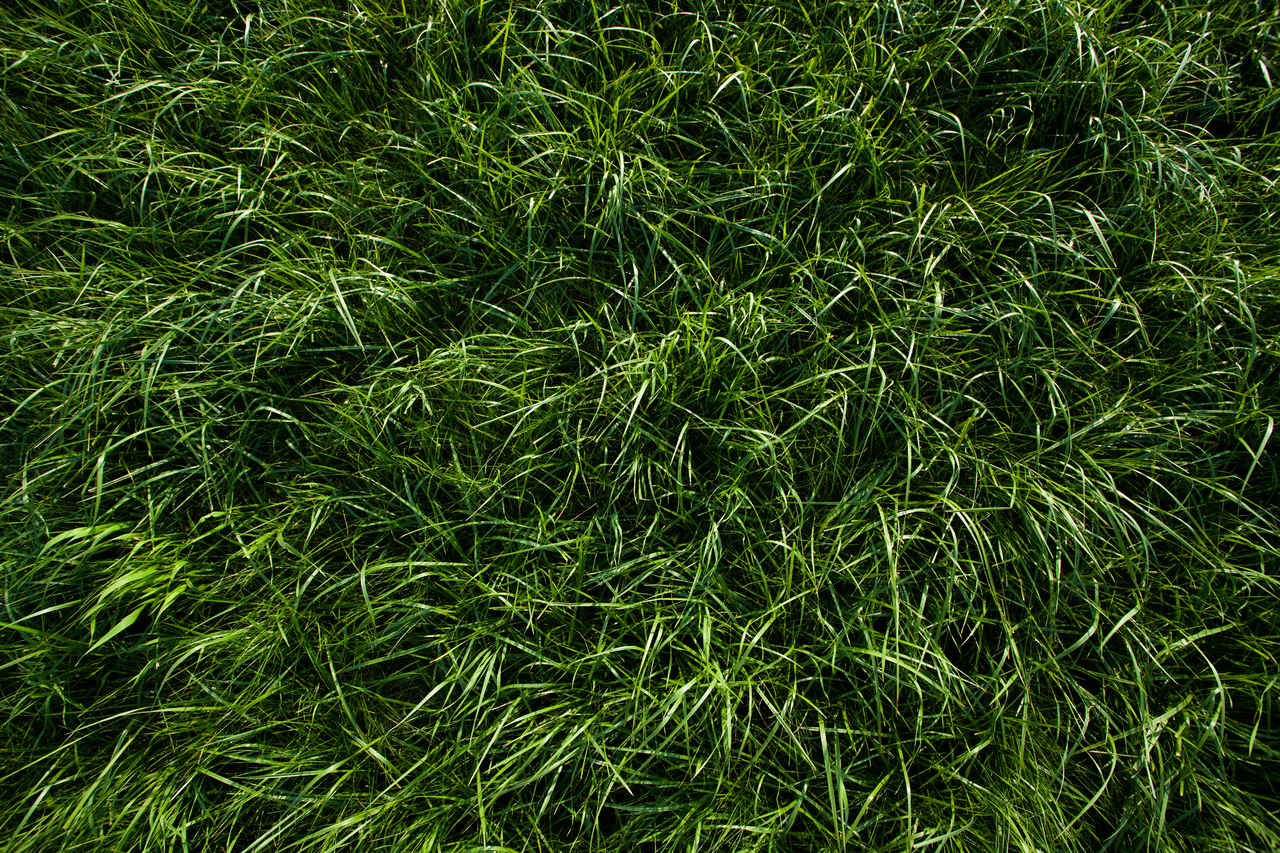


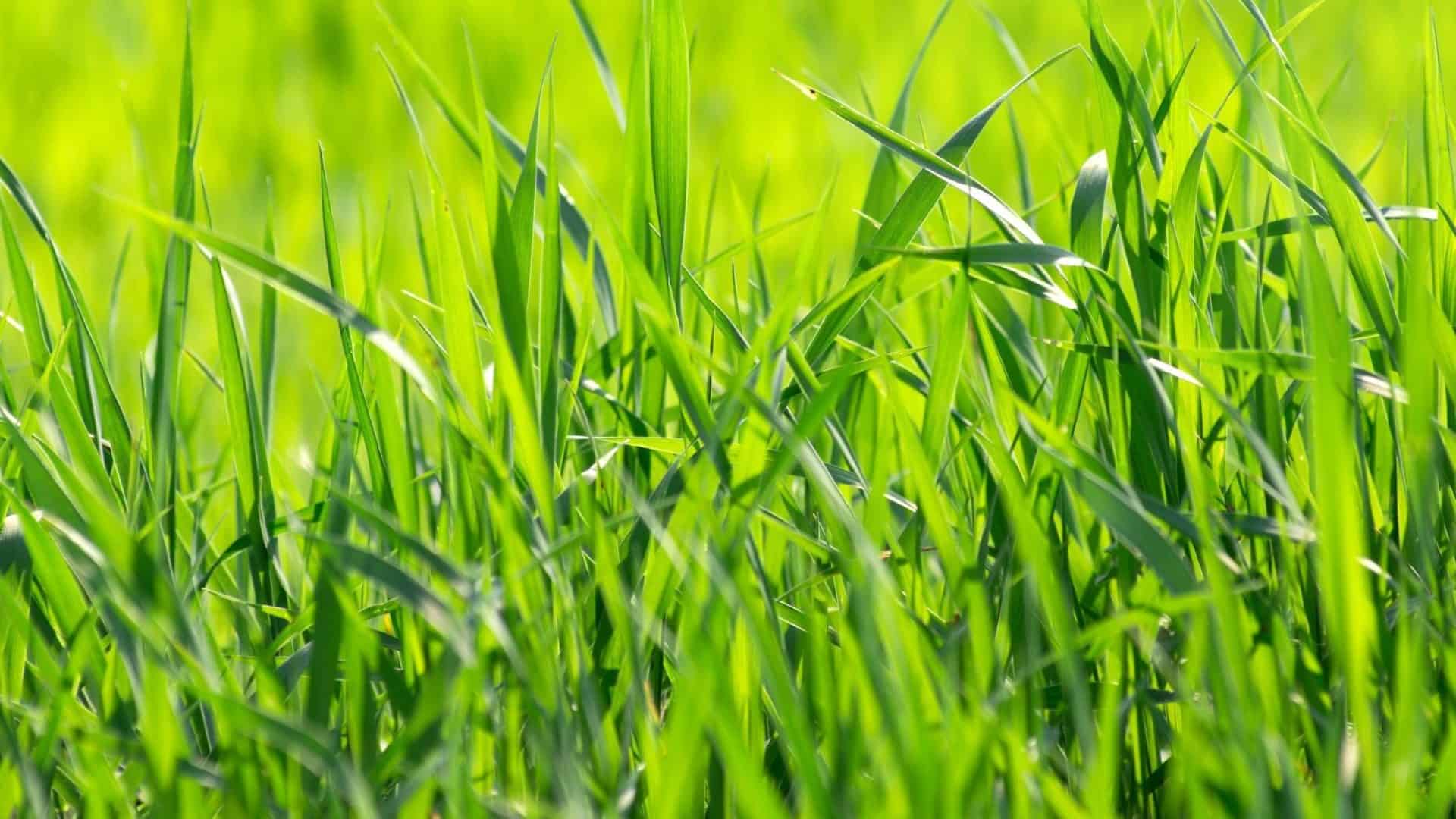
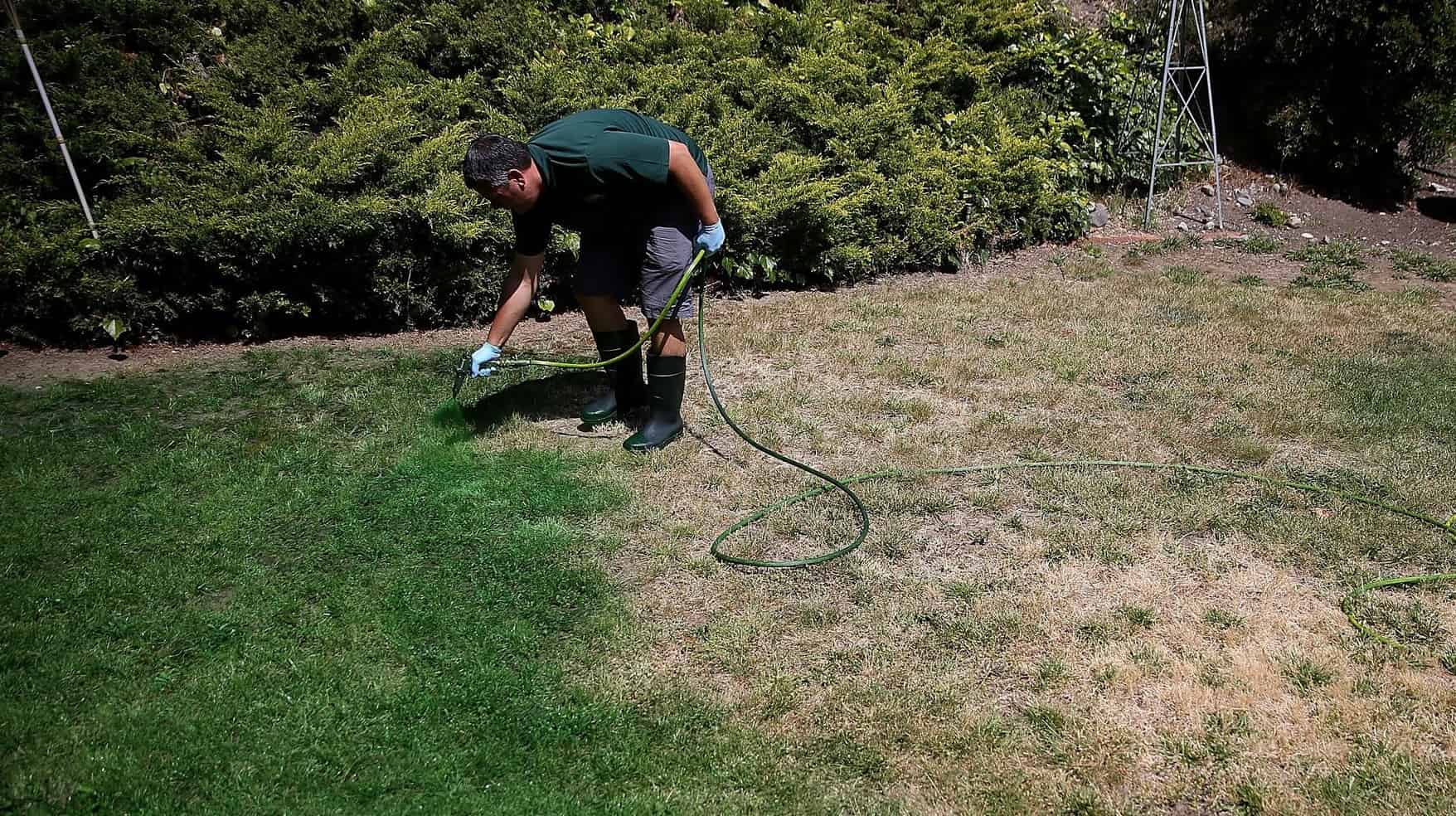
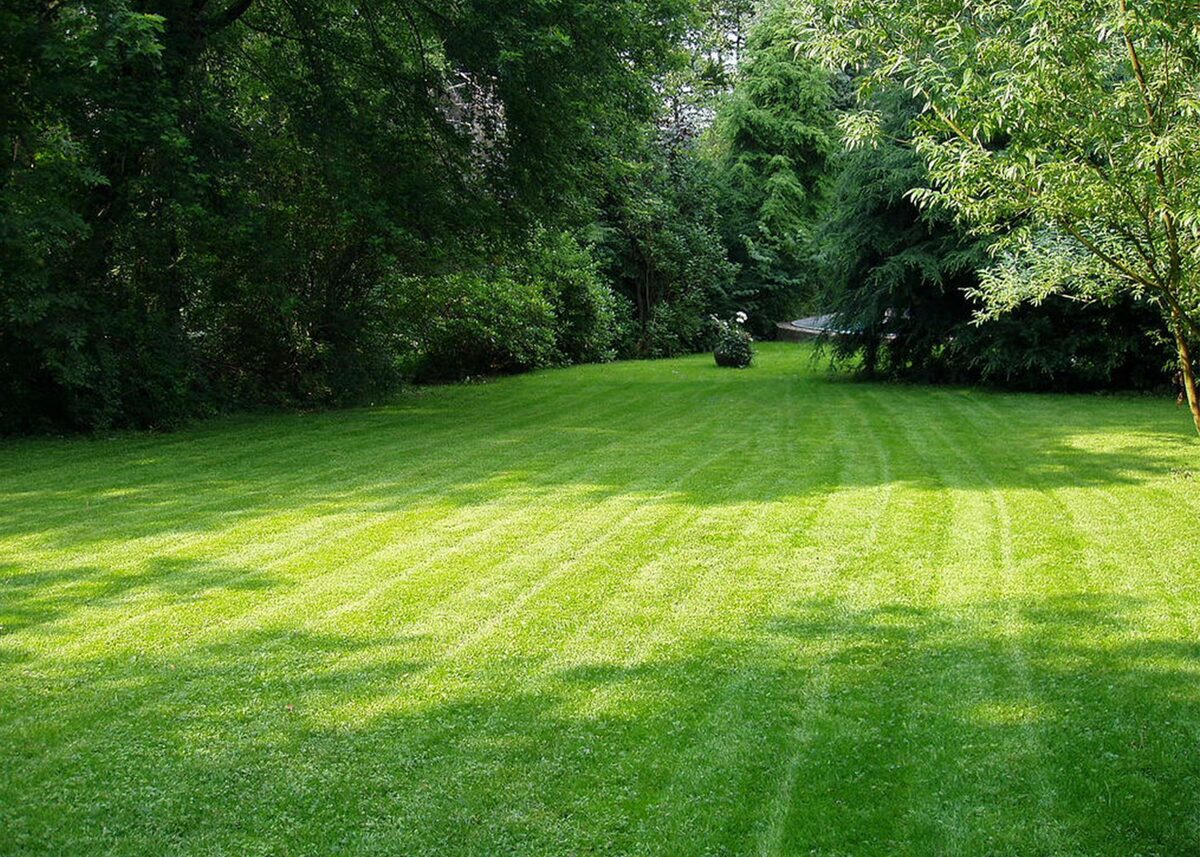

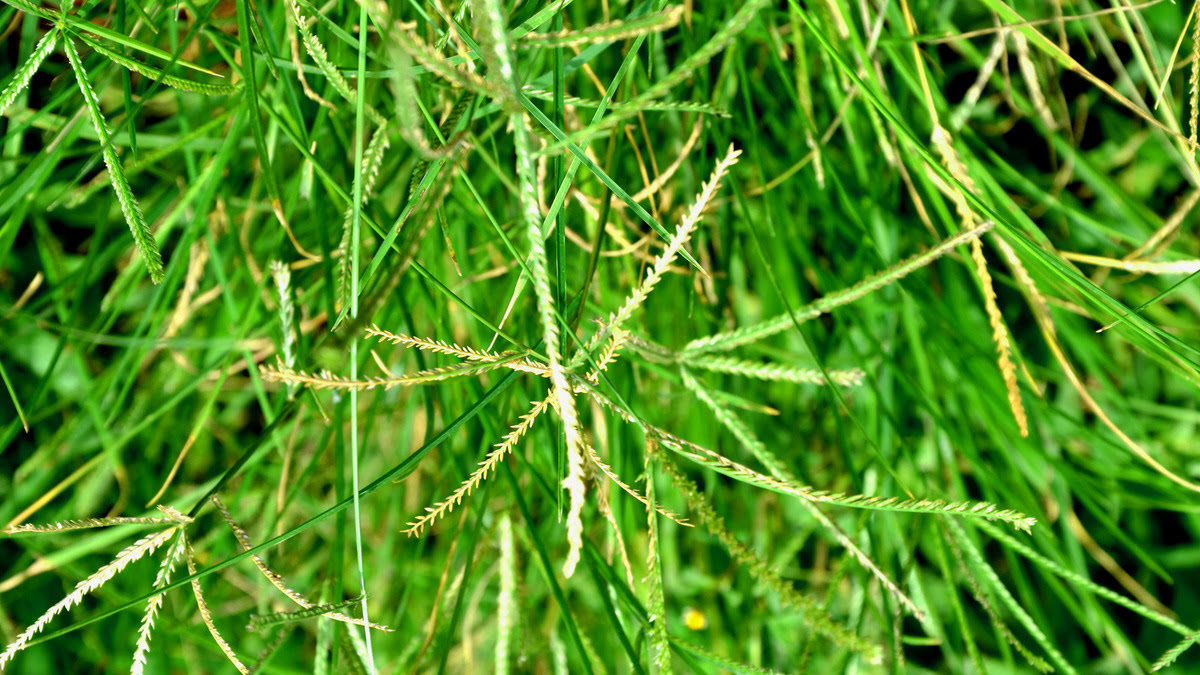


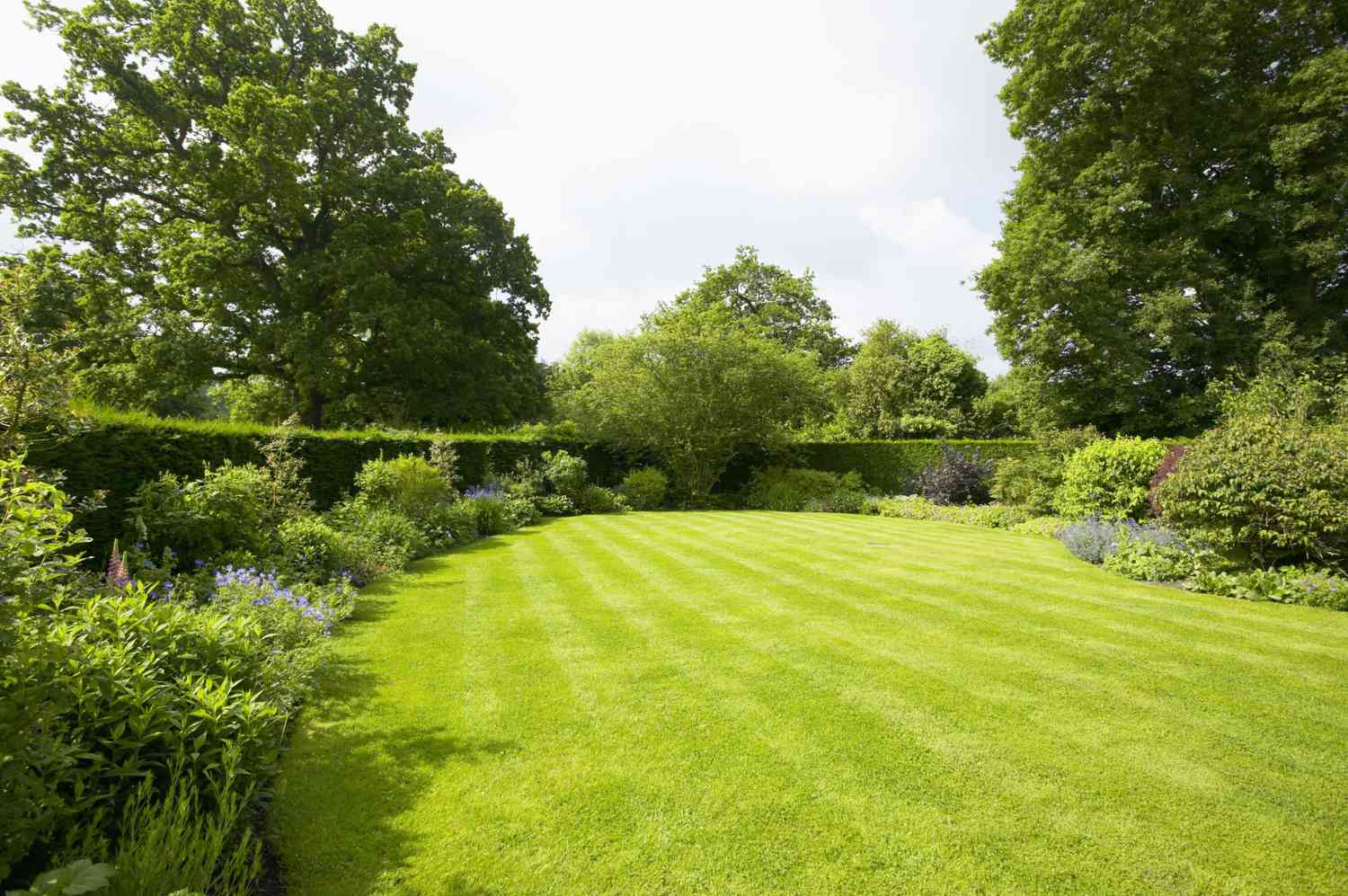



0 thoughts on “What Makes Your Grass Dark Green”